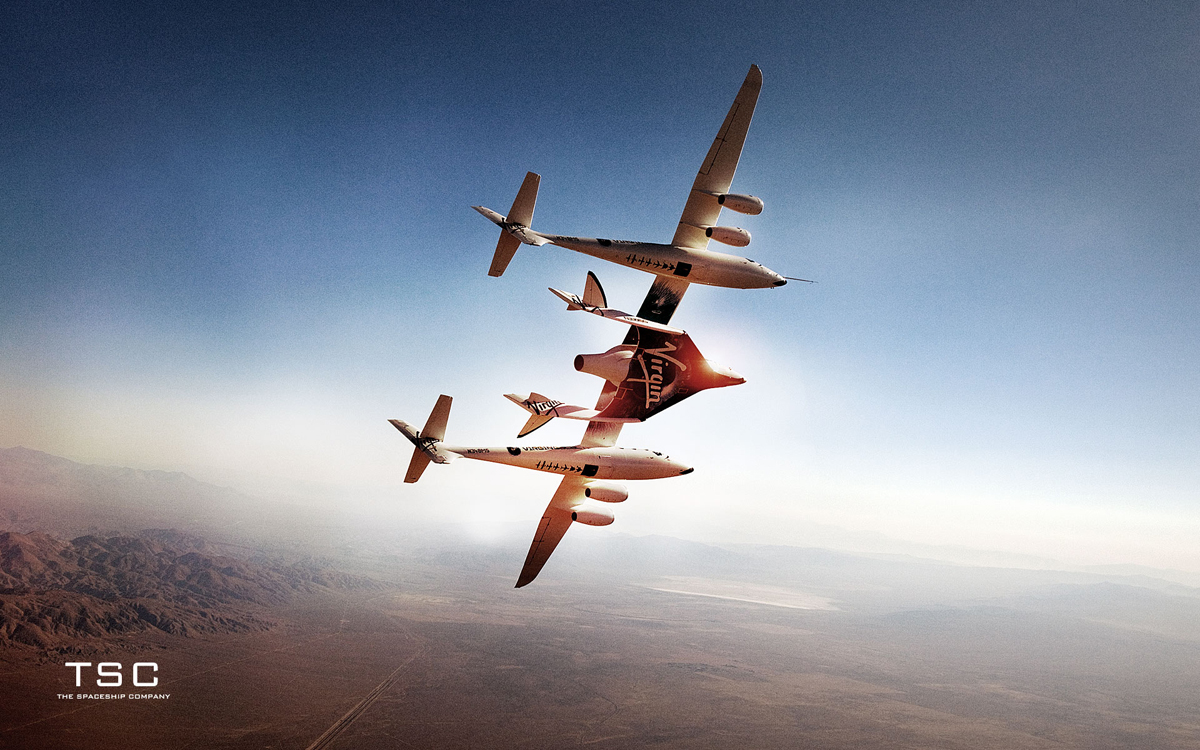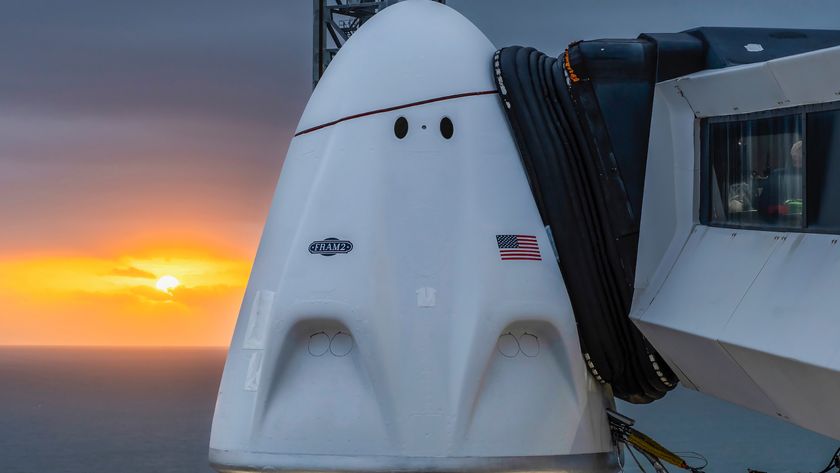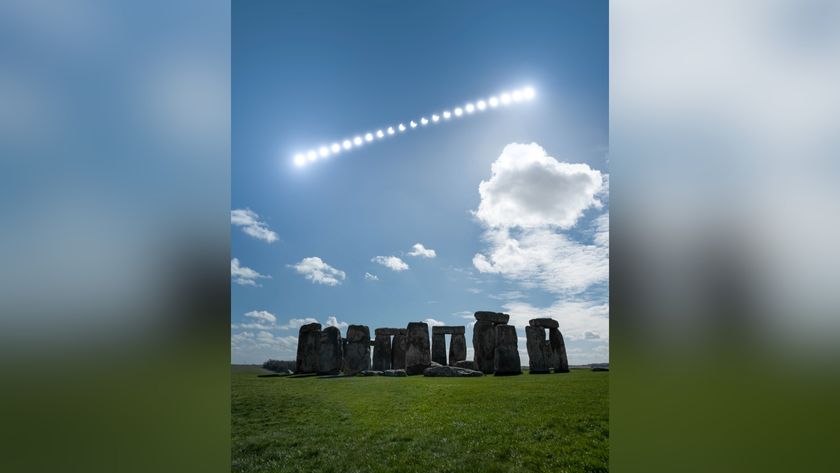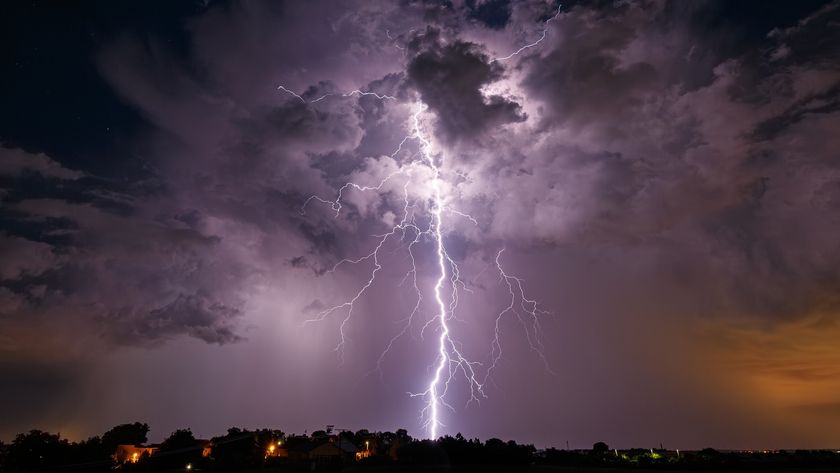Space Tourism and Private Space Travel Must Be Safe, House Panel Says

The risks of space tourism and other private spaceflight missions must be clearly understood and addressed if the burgeoning commercial space industry is to succeed, House lawmakers told the Federal Aviation Administration Tuesday (March 20).
The comments came as George Nield, the FAA's associate administrator for commercial space transportation, and Wilbur Trafton, chairman of the FAA's commercial space transportation advisory committee, testified before the House Subcommittee on Space and Aeronautics Tuesday (March 20) in Washington, D.C.
"The public needs a clear understanding of the risks involved with commercial space transportation, and it will need to be convinced those risks are being effectively managed," said Acting Space and Aeronautics Subcommittee Ranking Member Jerry Costello (D-Il). "[The Office of Commercial Space Transportation] will be at the center of establishing those expectations, as it will have a critical role in ensuring the safety of would-be space tourists, and potentially even of NASA astronauts or other spaceflight participants."
Some new private space vehicles are expected to begin operational flights by 2013, Nield said in his testimony. But the FAA will hold off on imposing safety regulations for space tourist passengers until October 2015, after sufficient time working alongside spacecraft developers to better understand the risks involved, he added.
The private space tourism and launch industry is poised for a major boom. The company Virgin Galactic, for example, is expected to conduct the first rocket-powered flight tests of its suborbital passenger spacecraft SpaceShipTwo — an eight-person spacecraft — by the end of this year. Meanwhile, NASA is supporting efforts by several different companies that are building their own private spaceships to carry astronauts, such as the Dragon space capsule, which is built by California-based firm SpaceX.
During the hearing, members of the subcommittee reviewed the FAA Office of Commercial Space Transportation's (AST) 2013 budget request, and also outlined the agency's main priorities and challenges. For fiscal year 2013, the Obama Administration is requesting $16.7 million for the AST, representing a 2.6 percent increase over the funds appropriated for the previous year. [Infographic: The Dangers of Human Spaceflight]
"We are all well aware of the historic change that has taken place in the U.S. space program with the retirement of the space shuttle," Nield said in his address to the lawmakers. "We watched with mixed emotions as Atlantis lifted off the pad for its final mission on July 8 of last year. That final mission left many wondering about the future of space transportation in this country. While it is certainly true that the launch marked the end of an era, it also represented the beginning of what I am confident will be an exciting future in space for our nation."
Get the Space.com Newsletter
Breaking space news, the latest updates on rocket launches, skywatching events and more!
With the space shuttles no longer flying, NASA is currently relying on Russian vehicles to carry its astronauts to and from the International Space Station. In the meantime, several commercial companies are developing a new fleet of orbital and suborbital vehicles to carry paying passengers.
As the government agency tasked with ensuring that the commercial industry maintains the highest levels of safety for those in the air and on the ground, the FAA has a demanding role to play in the growing private spaceflight sector.
"The successful growth of commercial human spaceflight activities can open new opportunities for commercial space," Costello said in his opening statement. "However, realizing and sustaining the promise of that industry will require close attention to safety."
Balancing risk and safety remains a hot button topic as the private space exploration industry continues to grow. Democratic subcommittee members discussed their concerns about specific policy issues, including how the agency plans to handle risks, financial responsibilities, safety regulations, and partnerships with other agencies (such as NASA).
Lawmakers also brought up whether the AST's dual role as a regulator and promoter of the commercial spaceflight industry is appropriate. Today's dialogue indicated that important questions will continue to be raised as the private space industry matures.
"Today's hearing was a good start to discussing AST's role in safety and licensing for the emerging commercial suborbital and orbital human spaceflight industry," Rep. Donna Edwards (D-MD) said. "However, I am concerned that we have yet to get answers to many questions that remain, including how safety regulations will be developed and whether the U.S. government should extend shared liability and indemnification protection to the commercial human spaceflight industry."
Follow SPACE.com for the latest in space science and exploration news on Twitter @Spacedotcom and on Facebook.
Join our Space Forums to keep talking space on the latest missions, night sky and more! And if you have a news tip, correction or comment, let us know at: community@space.com.

Space.com is the premier source of space exploration, innovation and astronomy news, chronicling (and celebrating) humanity's ongoing expansion across the final frontier. Originally founded in 1999, Space.com is, and always has been, the passion of writers and editors who are space fans and also trained journalists. Our current news team consists of Editor-in-Chief Tariq Malik; Editor Hanneke Weitering, Senior Space Writer Mike Wall; Senior Writer Meghan Bartels; Senior Writer Chelsea Gohd, Senior Writer Tereza Pultarova and Staff Writer Alexander Cox, focusing on e-commerce. Senior Producer Steve Spaleta oversees our space videos, with Diana Whitcroft as our Social Media Editor.









